Top speed 183 km/h Length 6.62 m First flight April 27, 1934 Number of seats 2 | Wingspan 7.39 m Introduced 1935 Manufacturer Bücker Flugzeugbau | |
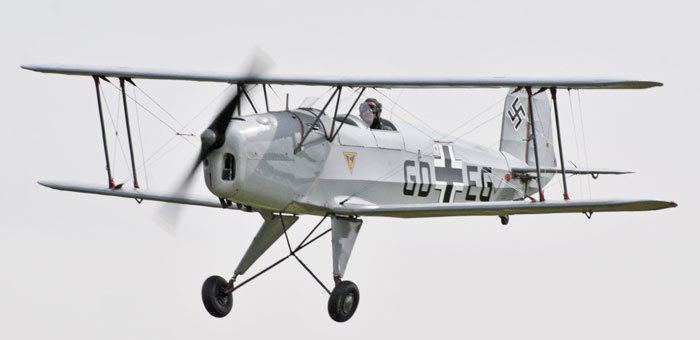 | ||
The German Bücker Bü 131 "Jungmann" (Young man) was a 1930s basic training aircraft which was used by the Luftwaffe during World War II.
Contents
- Very beautifull b cker b 131 jungmann
- Development
- Operational history
- Variants
- Operators
- Specifications B 131B
- References
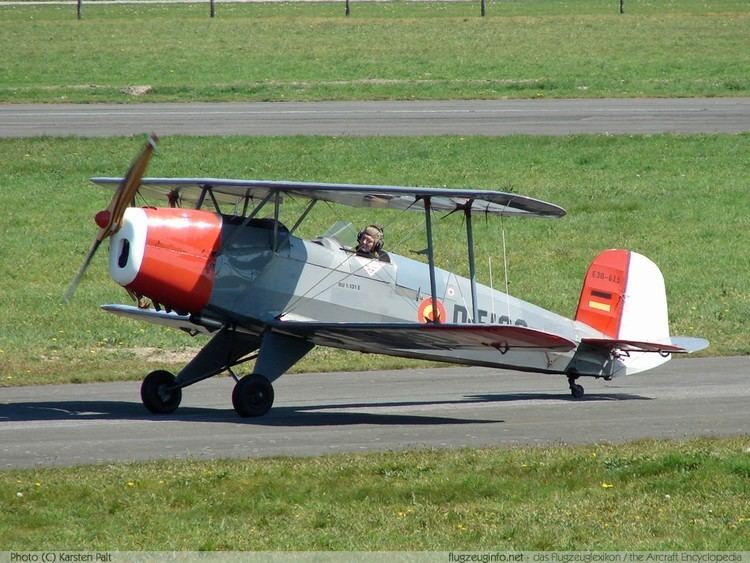
Very beautifull b cker b 131 jungmann
Development
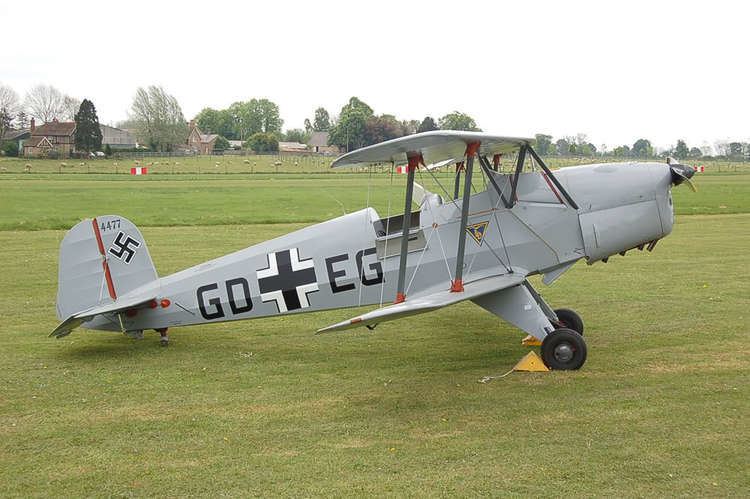
After serving in the Kaiserliche Marine in World War I, Carl Bücker moved to Sweden where he became managing director of Svenska Aero AB (Not to be confused with Svenska Aeroplan AB, SAAB). He later returned to Germany with Anders J Andersson, a young designer from SAAB. Bücker Flugzeugbau GmbH was founded in Berlin-Johannisthal, in 1932, with the first aircraft to see production being the Bü 131 Jungmann.
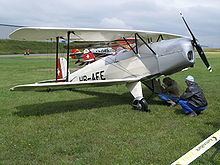
Bücker Flugzeugbau's first production type, the Bü 131A was the last biplane built in Germany. It had two open cockpits in tandem and fixed landing gear. The fuselage was steel tube, covered in fabric and metal, the wings wood and fabric. It first flew on the 80 hp (60 kW) Hirth HM60R.
In 1936, it was followed by the Bü 131B, with a 105 hp (78 kW) Hirth 504A-2.
Most wartime production for the Luftwaffe was by Aero in Prague.
Operational history
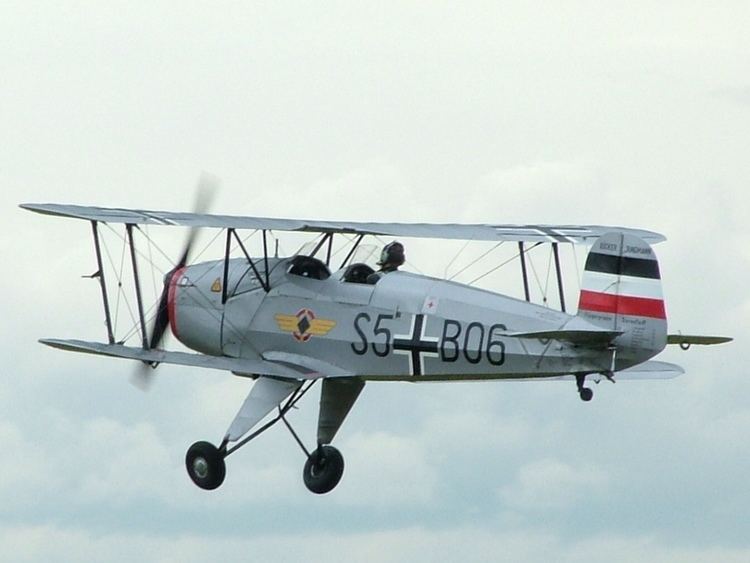
Sturdy and agile, the Bü 131A was first delivered to the Deutscher Luftsportverband (DLV). The Bü 131B was selected as the primary basic trainer for the German Luftwaffe, and it served with "virtually all" the Luftwaffe's primary flying schools during the war, as well as with night harassment units such as Nachtschlacht Gruppen (NSGr) 2, 11, and 12. Yugoslavia was the main prewar export customer; "as many as 400 may have found their way" there. She was joined by Bulgaria with 15 and Romania with 40.
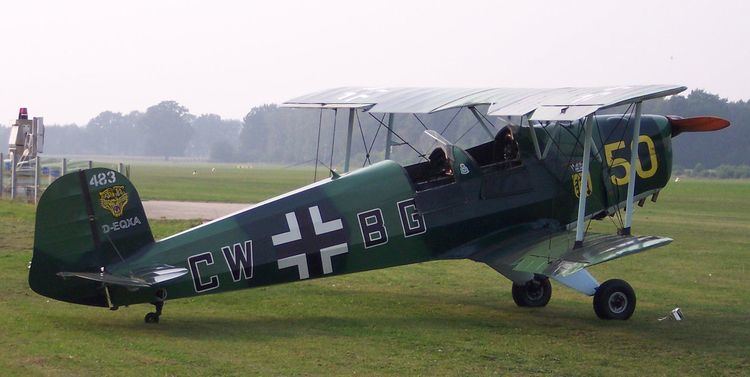
Production licenses were granted to Switzerland (using 94, 88 built under licence to Dornier), Spain (building about 530), Hungary (which operated 315), Czechoslovakia (10, as the Tatra T 131, before war began), and Japan, the last of which built 1,037 for Army with Hatsukaze power as the Kokusai Ki-86 and 339 for the Imperial Japanese Navy Air Service (IJNAS) as the Kyushu K9W. In Spain, production continued at CASA until the early 1960s. The Jungmann was retained as the Spanish Air Force's primary basic trainer until 1968.
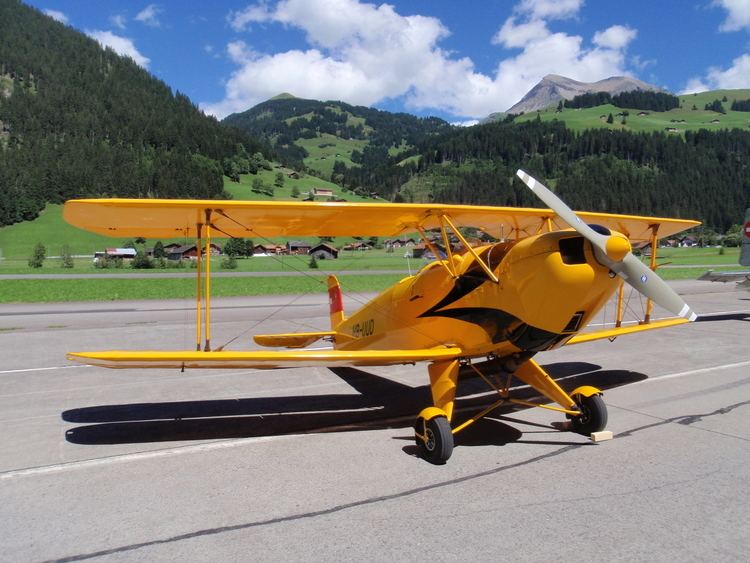
In the 1960s and early 70s the Spanish, Swiss and Czech governments sold their Jungmanns to private owners many being exported to the United States. About 200 Jungmanns survive to this day, many having been fitted with modern Lycoming O-320 (150 hp) or O-360 (180 hp) four cylinder engins with inverted fuel and oil systems for aerobatic flight.
Current owners and pilots prize the Jungmann for its outstanding handling characteristics when compared to other antique bi-planes and even more modern aerobatic types. Upkeep and maintenance for the Jungmann is comparable to other antique aircraft and is superior when fitted with the Lycoming engines. Airframe parts are available from several sources both in the United States and Europe.
In 1994, the Bü 131 was restored to production briefly using CASA jigs by Bücker Prado in Spain, with 21 aircraft constructed as the BP 131, while SSH Janusz Karasiewicz in Poland also started production of a version of the Jungmann based on Czech plans in 1994. After the deceased Janusz Karasiewicz the Polish company Air Res Aviation continues the production of the Bücker Jungmann.
Variants
Operators
Specifications (Bü 131B)
Data from Jane's Fighting Aircraft of World War II
General characteristics
Performance
